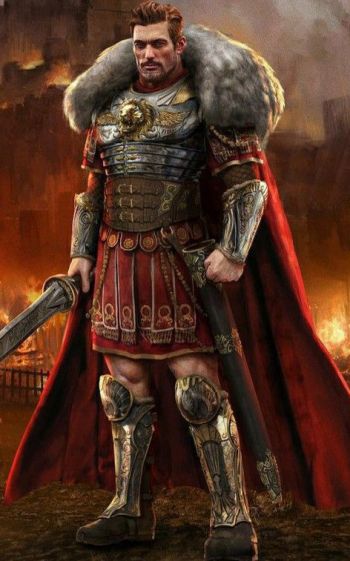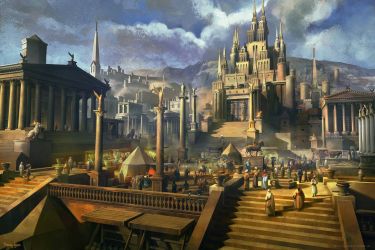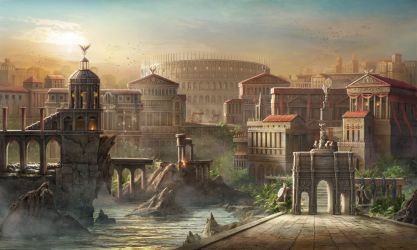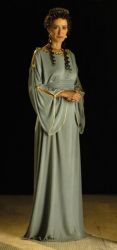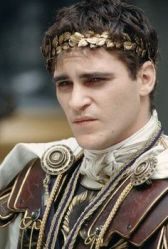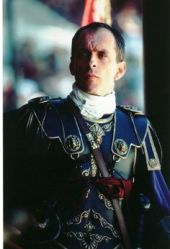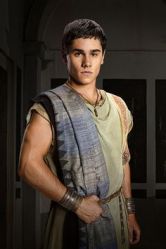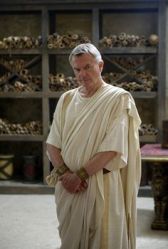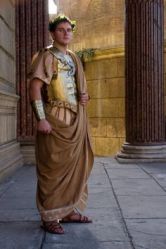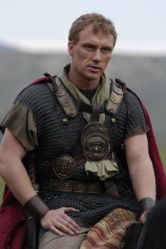Changes: Sim Layout, City-States, RPCSS Factions, and Storyline. Read More
Difference between revisions of "Tiberia"
From The Citadel
| Line 7: | Line 7: | ||
Euresu personalities can be grouped into four separate temperaments; sanguine (enthusiastic, active, and social), choleric (short-tempered, fast, or irritable), melancholic (analytical, wise, and quiet), and phlegmatic (relaxed and peaceful). Euresu prize martial skill, social status, and knowledge. The phlegmatic personality is, more often than not, a slave. | Euresu personalities can be grouped into four separate temperaments; sanguine (enthusiastic, active, and social), choleric (short-tempered, fast, or irritable), melancholic (analytical, wise, and quiet), and phlegmatic (relaxed and peaceful). Euresu prize martial skill, social status, and knowledge. The phlegmatic personality is, more often than not, a slave. | ||
| − | The Euresu are a military culture and respect these traits in the other kingdoms. They, like | + | The Euresu are a military culture and respect these traits in the other kingdoms. They, like many of the southern city-states, are xenophobic and believe their culture is the most advanced and most powerful. There are four social castes within the Euresu; the citizens, the middle class, the plebeians, and slaves. Citizen houses are those that have active officers in the military. If a family can not afford to outfit one of their own as an officer in the military, the family loses citizen status. |
The Euresu have a driving force to re-establish their fallen Empire -- it is only the method that is up for continual debate; martial force or diplomatic alliances. | The Euresu have a driving force to re-establish their fallen Empire -- it is only the method that is up for continual debate; martial force or diplomatic alliances. | ||
Revision as of 20:08, 21 December 2020
A traditional Greco-Roman culture suitable for the Euresu of Comraich and central Gor.
- Where is the city located geographically.
- What is the architecture like
- How do they gather food
- Personality
Euresu personalities can be grouped into four separate temperaments; sanguine (enthusiastic, active, and social), choleric (short-tempered, fast, or irritable), melancholic (analytical, wise, and quiet), and phlegmatic (relaxed and peaceful). Euresu prize martial skill, social status, and knowledge. The phlegmatic personality is, more often than not, a slave.
The Euresu are a military culture and respect these traits in the other kingdoms. They, like many of the southern city-states, are xenophobic and believe their culture is the most advanced and most powerful. There are four social castes within the Euresu; the citizens, the middle class, the plebeians, and slaves. Citizen houses are those that have active officers in the military. If a family can not afford to outfit one of their own as an officer in the military, the family loses citizen status.
The Euresu have a driving force to re-establish their fallen Empire -- it is only the method that is up for continual debate; martial force or diplomatic alliances.
- Appearance
- What is their physical appearance
- How do they dress
The ancient religion of the Euresu center around the god Mithras, a god of the sun, justice, contract, and war.
The Euresu are generally dark hair and dark eyes, tanned/olive skin. Men and women are both generally tall, warriors are powerfully built, older men have a propensity to become rotund, most young women who are of citizen families are athletic, while those who have had children or are prostitutes keep more round flesh upon themselves. Men wear their dark hair cut short, and women wear theirs in elaborate styles famous for its curls, waves, and head dresses.
Euresu wear a combination of early Grecian plus fantasy roman with muted Egyptian accents, with styles and modesty going in and out of popularity depending on fashion trends. They wear a lot more white than the Zephrin do. Clothing styles are typically draped cloth worn loose, pinned, or pleated. Grecian garments such as the chiton, himation, peplos, and chlamys are worn by all social classes, while the Roman garments such as the stola and palla for women and togas for men are worn over tunics. Togas are restricted to men of the citizen class. Euresu women love gold bangles and jewelry, while Eresu men tend towards a more regal and less peacock style, sandals, togas, and tunics for the most part. Color choices tend to be carefully combined.
- Traditions
- What are their gods
- What is their burial and afterlife
- What are some traditions
First of all, he was the god of contract and mutual obligation. In a cuneiform tablet of the 15th century BCE that contains a treaty between the Hittites and the Mitanni, Mithra is invoked as the god of oath. Furthermore, in some Indian Vedic texts the god Mitra (the Indian form of Mithra) appears both as “friend” and as “contract.” The word mitra may be translated in either way, because contracts and mutual obligation make friends. In short, Mithra may signify any kind of interpersonal communication and whatever establishes good relations between people. Mithra was called the Mediator. Mithra was also the god of the sun, of the shining light that beholds everything, and, hence, was invoked in oaths. The Greeks and Romans considered Mithra as a sun god. He was probably also the god of kings. He was the god of mutual obligation between the king and his warriors and, hence, the god of war. He was also the god of justice, which was guaranteed by the king. Whenever people observed justice and contract, they venerated Mithra.
The Euresu have a number of superstitions, including the belief in the evil eye, the value of bread as a sacred gift, crows being a sign of misfortune, to give a coin in return for a gift of perfume, not handing someone a knife, knocking on wood to prevent bad luck, and the necessity for the blessing of one's parents
- Expanded Lore
- Further reading and links for the culture obsessed.
